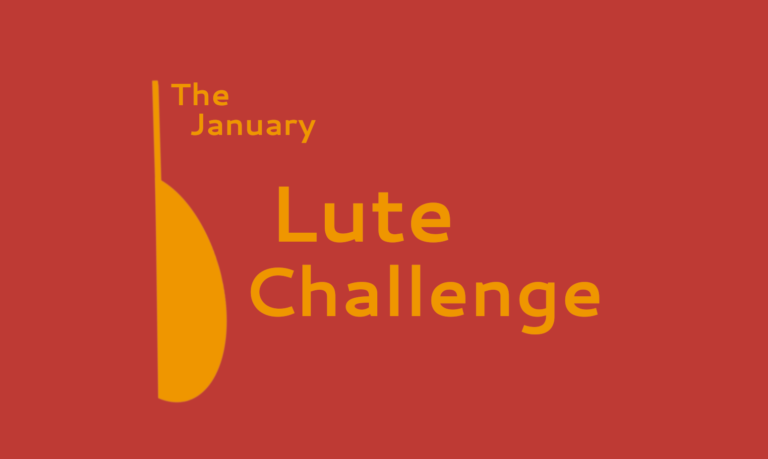Day 8

The name branle derives from the French verb branler (to shake, wave, sway, wag, wobble), referring to the side-to-side movement of a circle or chain of dancers holding hands or linking arms. Dances of this name are encountered from about 1500 and the term is used for dances still danced in France today. Before 1500,…